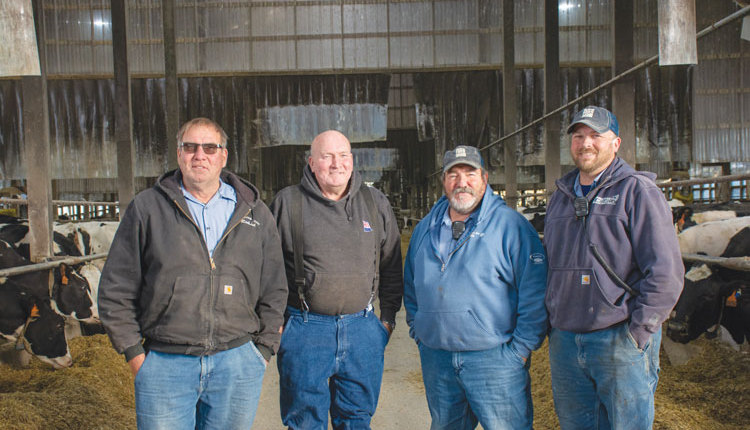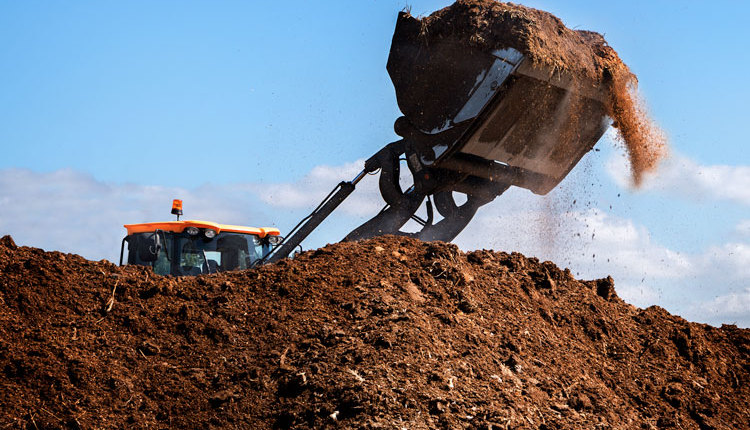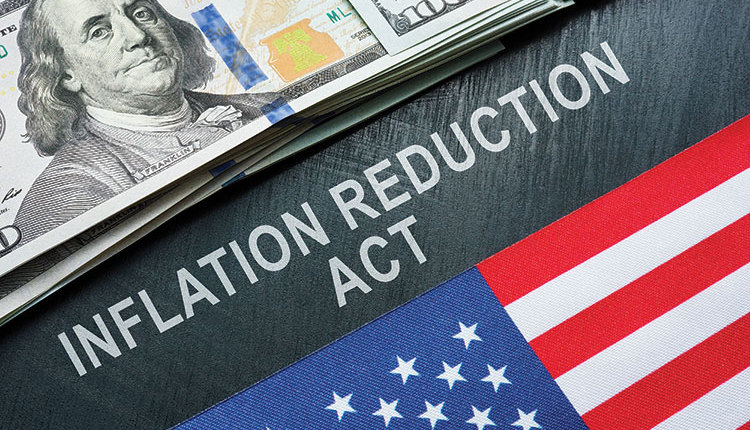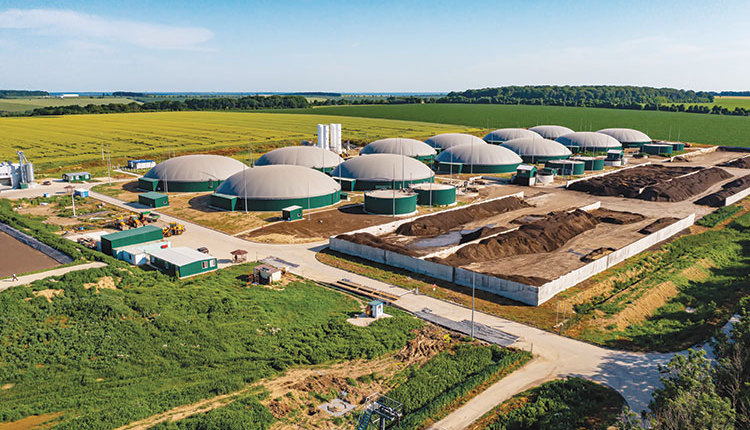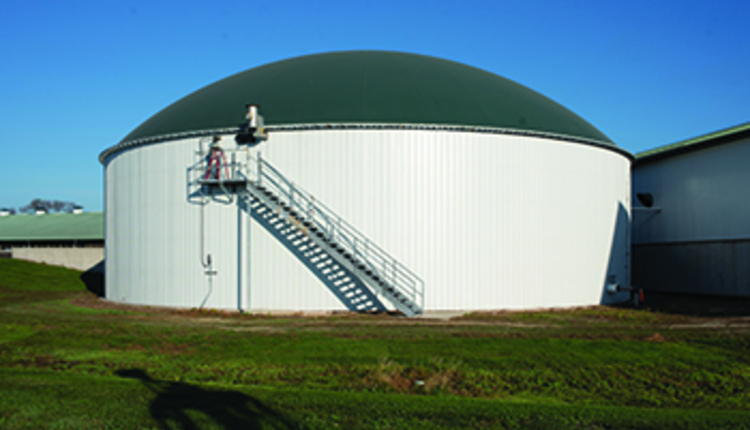
Voters in the United States will pick a president in November, and that president will pick a direction for the nation’s ag policy issues. This will have serious implications for what happens with nutrient management and other important agricultural policies.
This will all happen with a stalled farm bill hanging in limbo. Whoever can get the current farm bill passed and shape the direction of the next bill will influence the agricultural and food sectors.
The candidates could not differ more. Much of the funding and programs are related to climate change, and the candidates have radically different views on that topic. Another consideration is that so far, the USDA is the chosen one to administer the agricultural funding that is part of the huge Inflation Reduction Act. And last, but certainly not least, is the question of whom the winner would choose as their Secretary of Agriculture.
Changes in climate
Former President Donald Trump has historically expressed skepticism over the existence of climate change. One area of profound interest to animal agriculture is the United States’ response to methane reduction contained in the Paris Agreement, also known as the Paris Accords. Former President Barack Obama joined the Paris Agreement. Trump took the United States out of the Paris Agreement, but President Joe Biden renewed the nation’s commitment to the agreement. If elected, it seems certain that Trump would take the U.S. out of the Paris Agreement. On the other hand, Vice President Kamala Harris would continue the country’s participation.
Methane is a contributor to global warming, and manure management is a key element of lowering levels of methane emissions. The Biden-Harris Administration has championed investment in anaerobic digesters as a possible solution to methane gas.
Another diametrically-opposed position would be the Inflation Reduction Act passed and signed by the Biden-Harris administration. To state the obvious, Harris can be safely counted on to champion this, and she will most likely seek to carry out all of its mandates. Included in that would be its support for anaerobic digesters and cover crops.
The Biden-Harris administration allotted $22 billion to fund “climate smart” ag. This program offered incentives for clean energy, cover crops and nutrient management practices, and no-till and strip-till incentives. Trump has called it a “green new deal” and has vowed to stop what he can and get the money back if possible.
The current vice president’s position on agriculture is a bit of a mystery. Even though she is from California, the top agricultural producing state, she hasn’t said that much about farm issues during her career. However, she has favored strong environmental law and green policy. For example, under her leadership as an attorney general, California prosecuted companies that wrongfully claimed their bioplastics were degradable. One would expect this would carry over into a willingness on the part of her Justice Department to prosecute on environmental and “greenwashing” issues.
Future of the workforce
One area that could have implications for manure and nutrient management is the candidates’ diametrically opposed positions on the agricultural workforce. Harris received an endorsement from the United Farm Workers, which brings up the delicate subject of who would be working on farms to implement polices related to nutrient management or anything else. The current vice president also supports an enhanced and expanded H2A program and an earned U.S. citizenship option.
A key part of Trump’s labor policy would be increased deportations. Statements made by his vice president pick, JD Vance, have suggested deporting a million people would be a good target. This has been met with dismay in some farm sectors, as deporting a million people could be a devastating blow to production agriculture. If this deportation occurred, it would presumably impact all aspects of animal ag production including waste management. The positions of the two candidates on this topic could not be more different.
Second-in-command
The candidates’ choices for running mates shows how different they are and how, if elected, the vice presidents would pursue different goals. In Tim Walz, Harris has chosen a vice president with considerable agricultural policy experience. Although vice presidents really don’t make policy in the way presidents do, they may influence it.
Walz is in an interesting position. He has been a congressman from a “farm state” who has helped write and pass farm bills. Walz has also supported anaerobic digesters in Minnesota. Presumably, Vice President Harris would continue to support the Inflation Reduction Act, and so will Walz.
JD Vance is a U.S. Senator from Ohio, which is also an agricultural state. He certainly has a compelling rural connection and life story, which is shared in his book, “Hillbilly Elegy.” But, like Harris, it’s hard to say where he will fall on the policy side.
Based on his campaign rhetoric so far, it is probably a fair guess that when he says a Trump administration will support energy he means conventional oil and gas and not biogas from anaerobic digesters. Both he and Trump support more conventional energy at a lower price as a way to lower fuel and presumably anhydrous ammonia costs for farmers.
According to political experts, the seven key swing states in the 2024 election are Arizona (11 electoral votes), Georgia (16 electoral votes), Michigan (15 electoral votes), Nevada (6 electoral votes), North Carolina (16 electoral votes), Pennsylvania (19 electoral votes), and Wisconsin (10 electoral votes). Some of the nutrient management issues may wind up mattering a great deal to some voters in these states. Wisconsin has an interest in dairy production and aerobic digesters. North Carolina has a large concentration of hog operations, while the rest of the swing states are a mixed bag. In this election, as close as the polling is leading up to the election, a few votes either way may wind up mattering a great deal.
This article appeared in the November 2024 issue of Journal of Nutrient Management on pages 6-7. Not a subscriber? Click to get the print magazine.

